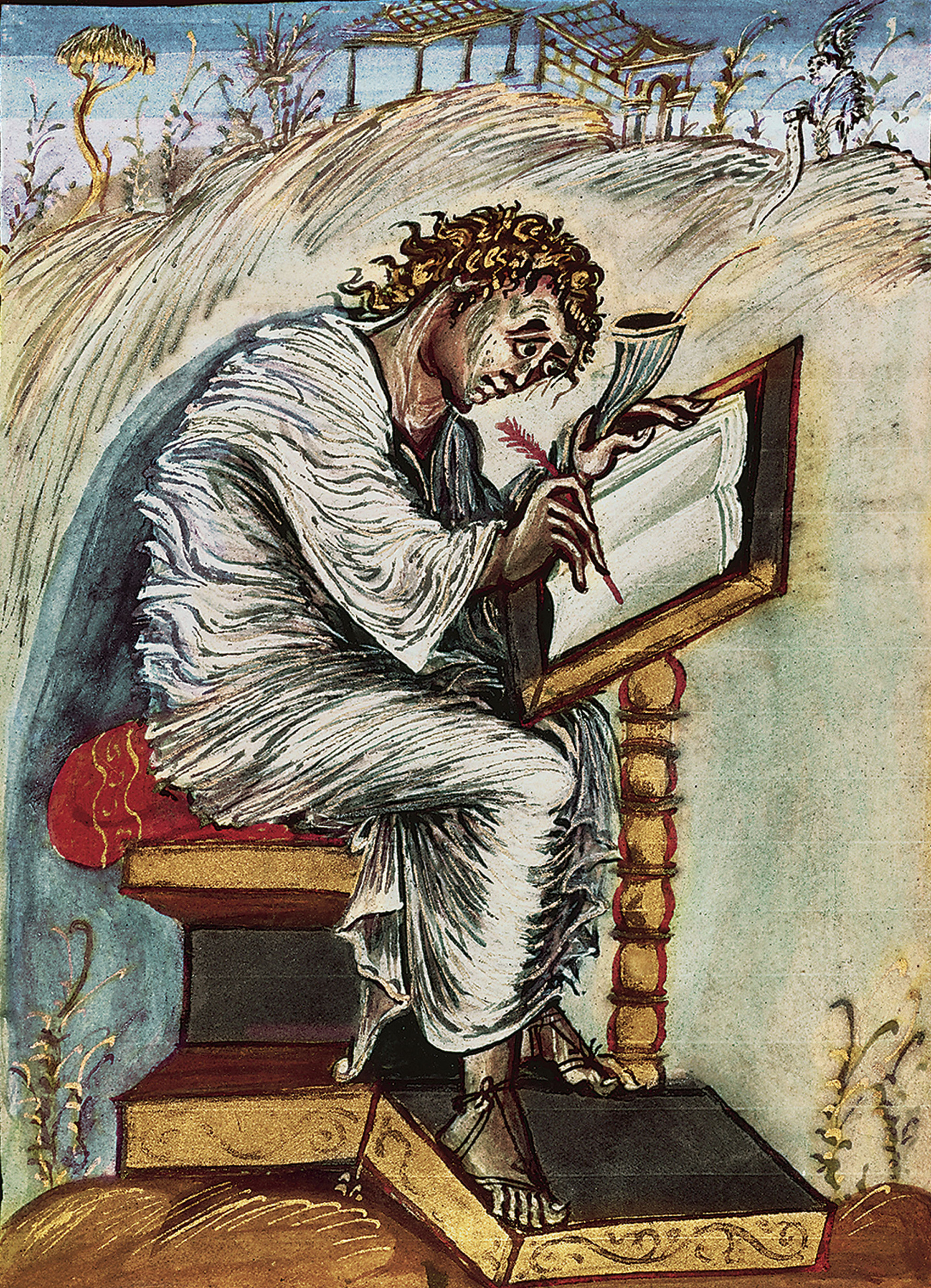Updated with a new para near the end, Or if we take John 20. . .
In response to a few comments on previous posts (Funk’s mix and Cracked argument) I have been giving a few moments to reflect on “embarrassment” as a criterion to establish historicity of a narrative.
In Matthew’s gospel, after Jesus has been born of a virgin, performed all his miracles, preached good things, fulfilled prophecy and been crucified and resurrected, he makes one final appearance to his (presumably eleven) remaining disciples. But some of them doubted (Matt. 28:17). Not all of the remaining eleven disciples believed a resurrected Jesus really did appear to them. Some original disciples did not believe that they had ever witnessed Jesus resurrected.
That is surely an embarrassing admission for a Christian author to make at the conclusion of his gospel. The admission could do nothing to assist the cause of Christianity. It is a damaging admission. One must therefore assume (if we take the criterion of embarrassment seriously) that this is one of the truest of true facts facing the disciples and church after the death and burial of Jesus.
We cannot help but wonder how many is meant by Matthew’s “some”. John’s gospel gives as reason for thinking “some doubters” amounted to as many as four persons. In his last chapter he relates — again with surely stark embarrassment — that the response of the faithful disciples remaining, only seven in total, after supposedly seeing the resurrected Jesus in Jerusalem was to think, “Well, that was an interesting little adventure. Fun and pain while it lasted. But now time to get back to real life and resume fishing.” The resurrected Jesus then appears to these seven. The author refers to this appearance as “the third” one to “his disciples”. Nowhere does the Gospel of John inform readers that the resurrected Jesus actually appeared to all eleven remaining disciples. In chapter 21 John quietly passes over the missing four in silence.
The Gospel of Mark, likewise, is vague about the final fate of the disciples. It’s ending, like several other details in the gospel, is ambiguous at best. (I am assuming that verse 8 is the original ending. Also here.)
So, in summary, if we are taking the “criterion of embarrassment” seriously, here is how the different evangelists responded to the bedrock certain fact that “some” of the original disciples doubted the resurrection of Jesus.
Matthew openly admitted it. Most honest of all. Does this mean that some of the disciples Jesus sent out were actually false apostles, even from the original twelve? Presumably so.
Mark can be said to be playing with words, leaving readers to make of his narrative what they will.
John passes over the failures in silence. But he implies that only seven of the original Twelve were reliable witnesses. This did not stop him from expecting readers to believe his narrative even though four of Jesus’ real life companions appear not to have believed.
(Or if we take John 20 as the original concluding chapter of this gospel, then the situation is no better. The last we hear of Peter there is that he went home after seeing the empty tomb and not knowing what to make of it (John 20:10). We are given no hint about how many disciples were later in the locked room for fear of the Jews when Jesus supernaturally appeared before them. An early reader unfamiliar with other gospels might well conclude that Peter could not have been among them since he no longer had reason to be in fear of the Jews, having denied Jesus three times. Nor does John’s gospel suggest Peter had any remorse over his denials. Peter does not weep after the cock crows in John’s gospel – 18:26.)
Luke simply lies and implies they all believed. Well, not quite, maybe. He does say that “they could not believe for joy”, whatever that might mean exactly. Either way, they were all sent out by Jesus to preach in his name. Well, not quite that either. Luke for some reason remains quiet about the activities of all but Peter, James and John after Jesus left the earth.
And of Paul’s 500 witnesses to the resurrected Jesus? We are not informed how many of these believed such an appearance was the real thing. Given Matthew’s frankness we should not assume as fact what Paul implies. We do “know” that Paul was quite capable of suppressing uncomfortable details: in his resurrection chapter he hides the fact that the resurrected Jesus first appeared to silly women.
Like this:
Like Loading...

